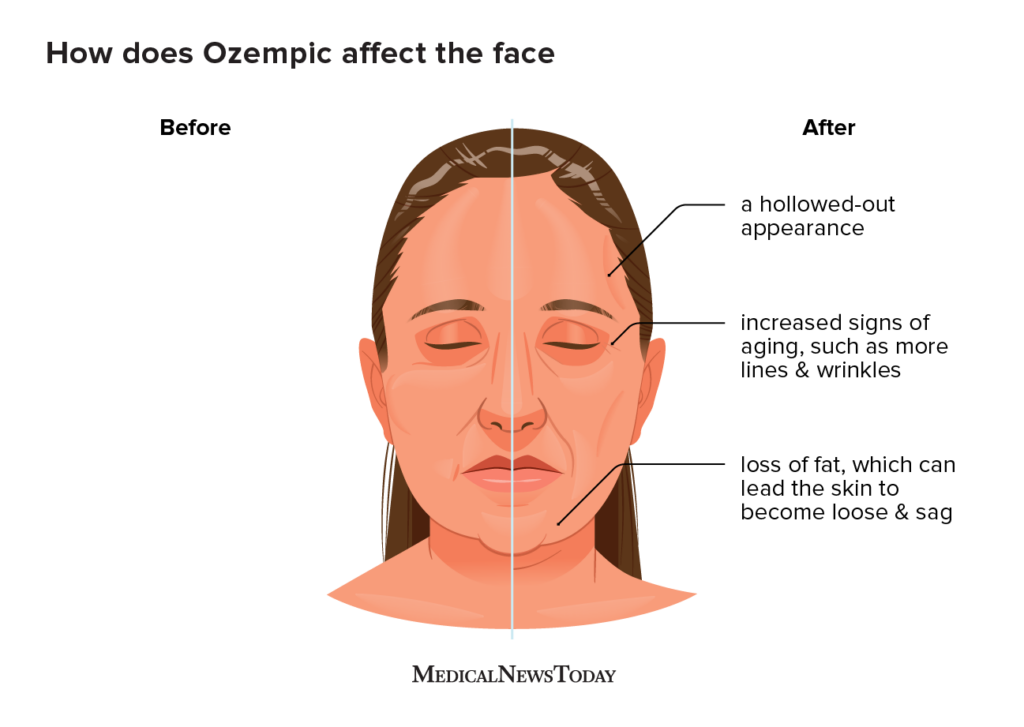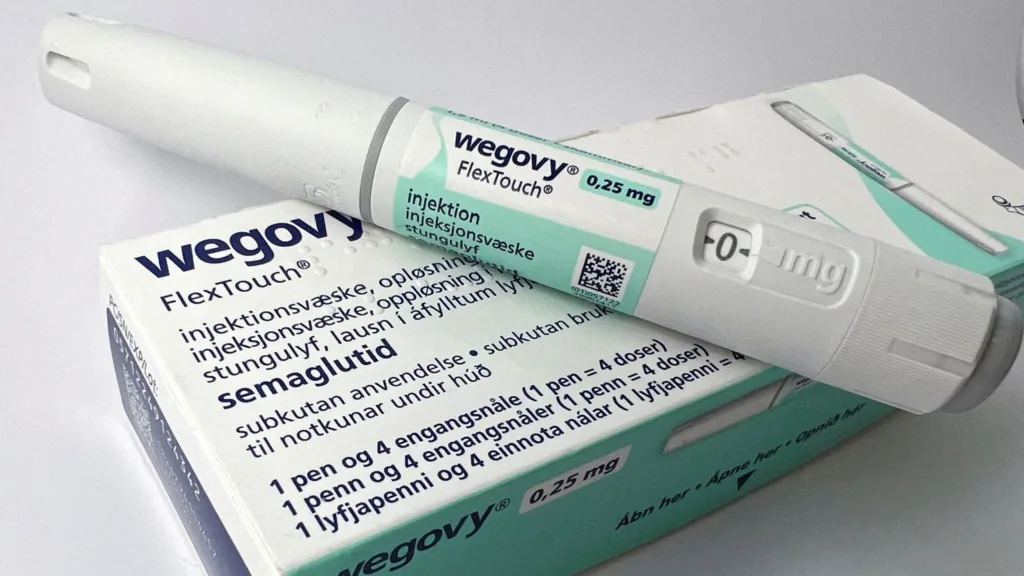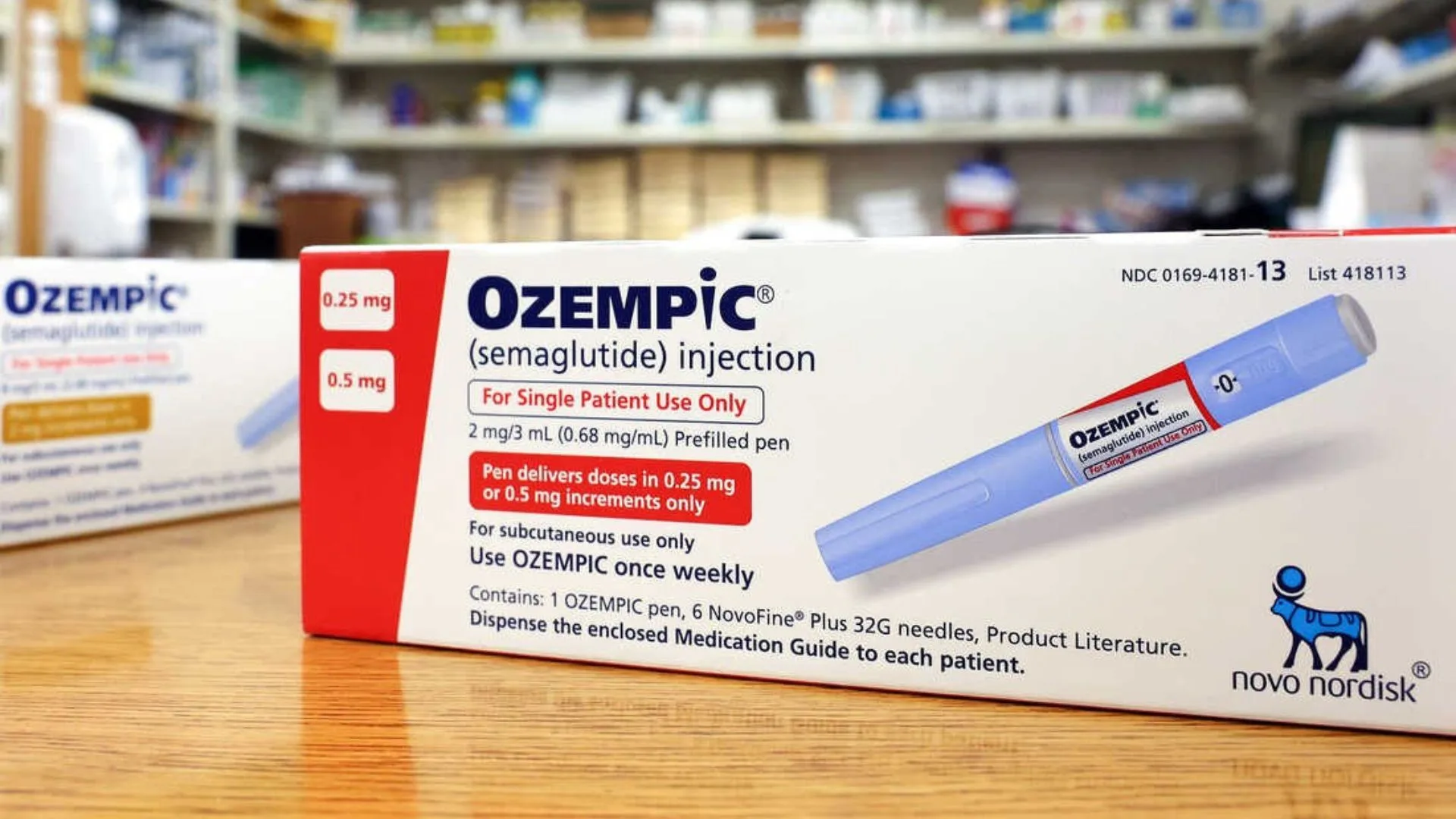By Despina Karpathiou
Ever since Ancient Greece, slim and athletic has been glorified as the epitome of health and fitness. Fast forward to the current day and weight loss is big business.
The Global Weight Loss Market is expected to reach a market value of USD 399.3 billion by 2032 with a CAGR (compound annual growth rate) of 10.3 per cent.
There are many ‘miracle diets,’ ‘juice cleanses’ and promises of supplements and pills that promise fast weight loss. Green tea extract and garcinia cambogia became popular but were all long forgotten with the emergence of a ‘new miracle weight loss injection’- Ozempic.

In 2021, this ‘miracle drug’ was featured on The Dr. Oz Show in a segment titled, “Could a Diabetes Drug Cure Obesity?”.
In a viral social media trend, TikTok users began sharing their impressive weight loss results after using Ozempic. This resulted in more than 250 million views on the platform and endorsements from popular influencers such as Kim Kardashian, Oprah and Elon Musk.
The massive surge in weight loss use led the US Food and Drug Administration (FDA) and Australia’s Therapeutic Goods Administration (TGA) to designate the medication as “Currently in Shortage,” “Temporarily out of stock,” and “out of stock long term.”
This created huge issues for people who really needed it to treat their diabetes. If people with diabetes visited a pharmacy during 2022 and 2023, they were more than likely to be placed on a ‘waiting list.’ The waiting time could be anywhere from a few months to a year.
Melina, a Greek Australian from Sydney, used Ozempic for non-diabetes related weight loss. She told The Greek Herald she had to ‘call 13 pharmacies’ before she found a pharmacist who had some stock. She eventually was placed on a waiting list and received her Ozempic a few weeks later.
Melina had struggled with her weight all her life. She had tried every diet under the sun, went to the gym religiously and still couldn’t get to her goal weight. The Greek Australian resorted to Ozempic after a friend told her that ‘her mother lost 14kg from this expensive injection.’

Currently, Melina has gained a few kilos, but has managed to keep the majority of the weight off. She now maintains her figure with 10,000 steps per day, lots of protein and weight lifting three times a week.
So, how does Ozempic really work?
Ozempic is a brand name for semaglutide, a medication principally used to treat type 2 diabetes. It works by imitating the action of GLP-1 (glucagon-like peptide-1), a hormone that enhances insulin release, decreases glucagon release, and slows gastric emptying, resulting in improved blood sugar control and a sense of fullness.
Melina said that “it basically makes you feel like you’ve just eaten a huge meal, and it stays like that all day.”
“I remember eating one small meal a day and a few snacks,” she added.
Like all drugs, Ozempic definitely has its share of side effects. The most common ones are nausea, diarrhea, stomach (abdominal) pain, vomiting and constipation.
Another side effect is the well documented ‘Ozempic Face’. This phrase refers to how your face may appear hollowed out or haggard after taking the medicine.
Melina recalls feeling nauseated for the first week, as well as experiencing other uncomfortable gastric upsets like loose stools and bloating.
More serious side effects include possible thyroid tumors, including cancer.
Alexia Miltzenitis, a Greek Australian pharmacist with over 20 years’ experience dispensing medication, shared her thoughts on Ozempic.
“I know not many are going to want to hear this, but you should only use Ozempic if you have Type 2 Diabetes. For the indication of weight loss; the TGA has not approved it and it is considered “off-label use” when used for ‘cosmetic’ weight loss in a non-Type 2 Diabetic,” she said.
Alexia went on to say that there ‘shouldn’t be any quick fixes’ when it comes to weight and fat loss, and that if ‘you want to seriously lose weight for good, there are healthier alternatives.’
What are some ways I can achieve weight loss without Ozempic?
– Get your hormones tested for imbalances, which can severely impact the way your body stores and drops fat.
– Find out what body type you have and work with it, not against it.
– Get tested for food intolerances.
– Intermittent fasting.
– Focus on overall wellness. This could mean focusing onmental health, stress management and sleep improvement for a more sustainable approach.
– Protein, protein, protein! Aim for 20-30 grams per meal.
– Limit refined carbohydrates and sugars.
– Gey your 10,000 steps in everyday.

In summary, here are four reasons you might want to be cautious before using Ozempic for weight loss:
- Not everyone should use Ozempic. For those with Type 2 diabetes, Ozempic is approved. The TGA has approved the drug Wegovy (which has the same active ingredients as Ozempic) for chronic weight management for adults with obesity in Australia.
- You probably won’t be able to maintain your weight loss with new medications if you use them to lose weight. When someone stops taking Ozempic, they frequently regain their weight rather rapidly.
- The medications are costly, and insurance policies typically do not pay for them when used to treat weight loss (though they frequently do for diabetics).
- Some people have complained about looking older due to “Ozempic face.” While many people taking weight loss drugs are pleased to shed some pounds, some say they’re dropping weight in the wrong place: their face. Some have complained of looking old and gaunt due to fat loss in the face.
*Disclaimer: None of the information in this article should be taken as medical advice. Always consult a health professional before attempting weight loss.
*UPDATE: At the time of publishing, Wegovy (which has the same ingredient as Ozempic) is now marketed by the TGA as a weight loss drug for Australians.
